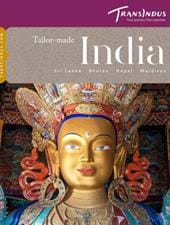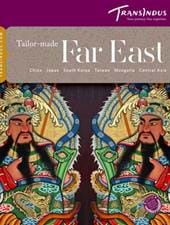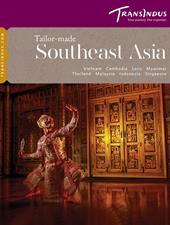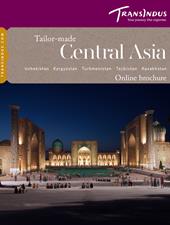The network of trails connecting the three principal shrines of the Kii Peninsula is known as the ‘Kumano Kodo’. Wearing traditional white robes, Japanese pilgrims have for many centuries trodden its lichen-covered pathways, crossing forests of cedar and cypress, tea terraces, waterfalls, rivers and groves of mikan orange trees to worship at the three grand shrines of Hongu, Nachi and Hatayama. The shrines were initially associated with Shintoism but later attracted Buddhists and Shugendo practitioners. Today, they’re protected as UNESCO World Heritage Sites and remain places of great spiritual significance.
The most iconic is the 3-storey, pagoda-style Seiganto-ji Temple, located close to the famous Nachi Falls with a backdrop of whitewater plunging from a cliff top. Spend the night close by, and you can be here to witness morning spiritual rituals. We recommend a night on the trail, sleeping in a traditional ryokan. Led by an English-speaking guide, you’ll visit sacred sites, pausing to bathe in hot springs and participate in local activities. Lunch will be a fragrant bento box of sushi and teriyaki, and dinner will be a Kaiseki meal served in high Japanese style.








